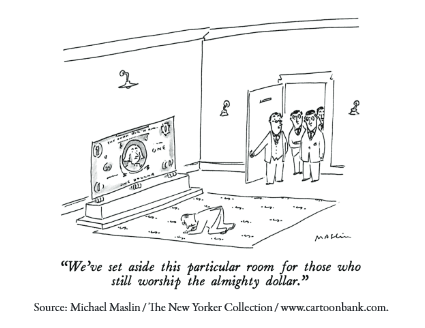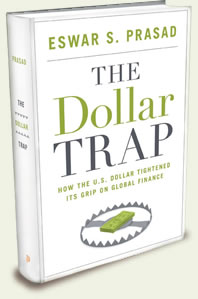The Preface
The U.S. dollar reigned supreme in global finance for most of the twentieth century. In recent years, its position on that pedestal has seemed increasingly insecure. The creation of the euro in 1999 constituted a major challenge to the dollar, but that challenge has faded. Now the Chinese renminbi is seen as a rising competitor.
The global financial crisis, which had its epicenter in the U.S., has heightened speculation about the dollar’s looming, if not imminent, dis-placement as the world’s leading currency. The logic seems persuasive. The level of U.S. government debt relative to gross domestic product (GDP) is at its highest point since World War II and could soon be back on an upward trajectory. America’s central bank, the Federal Reserve, has taken aggressive actions to prop up the economy by injecting massive amounts of money into the U.S. financial system. Moreover, it is apparent to the entire world that political dysfunction in the U.S. has stymied effective policy making. All these factors would be expected to set off an economic decline and hasten the erosion of the dollar’s importance.

Contrary to such logic, this book makes the argument that the global financial crisis has strengthened the dollar’s prominence in global finance. The dollar’s roles as a unit of account and medium of exchange might well erode over time. Financial market and technological developments that make it easier to denominate and conduct cross-border financial transactions directly using other currencies, without the dollar as an intermediary, are reducing the need for the dollar. In contrast, the dollar’s position as the foremost store of value is more secure. Financial assets denominated in U.S. dollars, especially U.S. government securities, are still the preferred destination for investors interested in the safekeeping of their investments.

